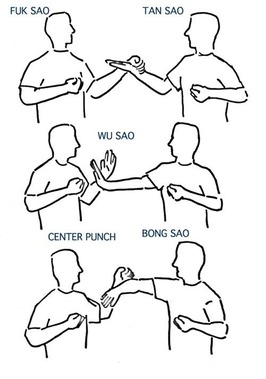Cephalopod
Green Belt
I should take a step back and note:
He may have been using a static position to illustrate what your tension should be at some given point in the chi-sao roll. Like analyzing a single frame of a movie spool.
But if he was suggesting that you should continually train by building up tension in the fictitious 'end-points' of the chi-sao roll, then my above rant applies...!
Also...is it possible that it felt like he was asking you to use too much force because your stucture/alignment was incorrect. For example, in tan-sao if your elbow lifts up and out a little, all the force goes up into your shoulder and it feels like you're lifting a truck.
Not assuming, just asking
He may have been using a static position to illustrate what your tension should be at some given point in the chi-sao roll. Like analyzing a single frame of a movie spool.
But if he was suggesting that you should continually train by building up tension in the fictitious 'end-points' of the chi-sao roll, then my above rant applies...!
Also...is it possible that it felt like he was asking you to use too much force because your stucture/alignment was incorrect. For example, in tan-sao if your elbow lifts up and out a little, all the force goes up into your shoulder and it feels like you're lifting a truck.
Not assuming, just asking

